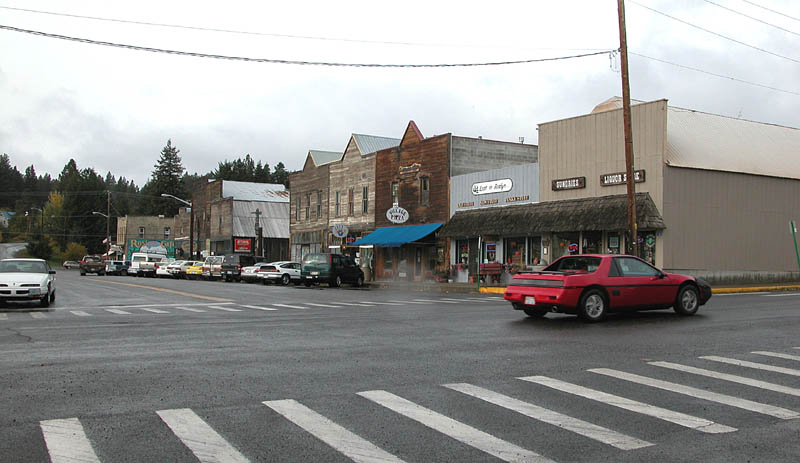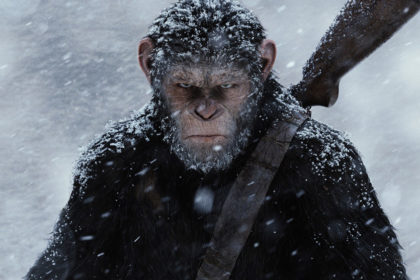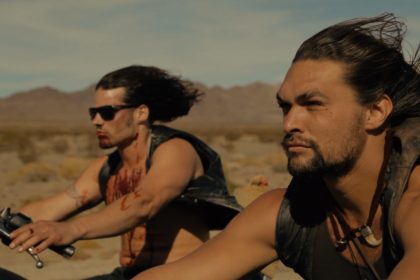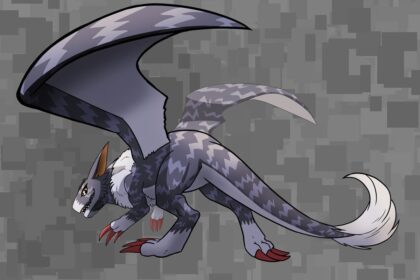Roslyn is a city in Kittitas County, Washington, United States. The population was 893 at the 2010 census. Take a look below for 25 awesome and fun facts about Roslyn, Washington, United States.
1. Roslyn is located in the Cascade Mountains, about 80 miles east of Seattle.
2. The town was founded in 1886 as a coal mining company town.
3. During the 20th century, the town gradually transitioned away from coal, and today its economy is primarily based on forestry and tourism.
4. The town was the filming location for The Runner Stumbles, Northern Exposure, and The Man in the High Castle.
5. Many of the town’s historical structures have been preserved, and its downtown was added to the National Register of Historic Places in 1978.
6. Coal deposits were first noted in the Roslyn area in 1883, with a large vein discovered at the upper Smith Creek canyon in 1885 by C.P. Brosious, Walter J. Reed, and Ignatius A. Navarre.
7. Roslyn was platted in 1886 by Logan M. Bullet, vice president of the Northern Pacific Coal Company, at the time that the company initiated the first commercial coal mining operations there, to support railway operations.
8. Throughout the mid-1880s, the Northern Pacific Railway, the parent of Northern Pacific Coal Company, pushed from the east to reach Puget Sound across the Cascade Mountains. The Northern Pacific began building across Stampede Pass just west of Roslyn, approaching from Wallula in the east and Tacoma in the west. A 77-mile (124-km) gap remained in 1886.
9. In January of that year, Nelson Bennett was given a contract to construct a 9,850 foot (3,002 m) tunnel under Stampede Pass, completing it in 1888. Roslyn, which lies on the route to Stampede Pass, provided the coal for the railway construction work as well as the continuing railroad operations.
10. Between 1886 and 1929, immigrant workers from countries such as Italy, Poland, Slovakia, Germany, Lithuania, Slovenia, Serbia and Croatia as well as from England, Ireland, Scotland and Wales came to work in the mines.
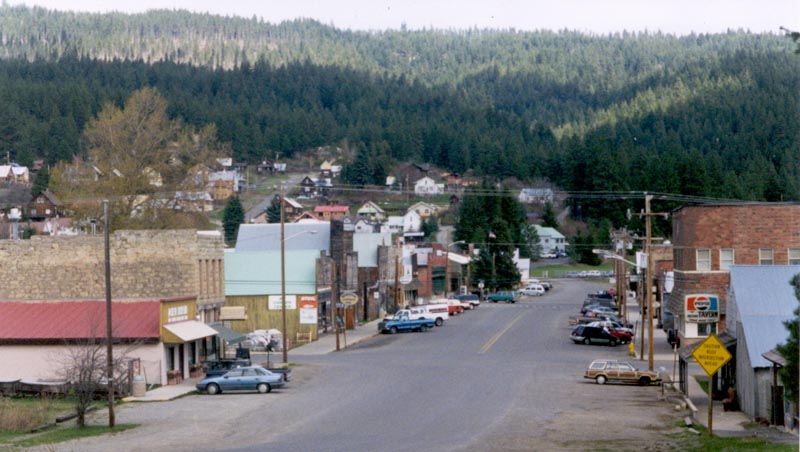
11. These immigrants maintained the traditions of their homelands, as seen in the historic Roslyn Cemetery, with its 26 sections for distinct ethnic and lodge cemetery areas. Many Roslyn residents today are descendants of these immigrant miners.
12. Roslyn’s peak coal mine production of nearly 2 million tons was reached in 1910. As coal-fired steam trains were being replaced by diesel power, the mines began to shut down in the 1920s. Although the local coal mines were far from played out (approximately 80% of the coal in the Roslyn mines remains unextracted), the last mine in the area closed in 1963 as business became unprofitable. With the loss of jobs, an exodus of residents ensued.
13. In the mid-1970s, Roslyn began to flourish again as artists and others rehabilitated the town’s houses and commercial buildings and settled there. Some individuals own second homes in Roslyn, while working and living full-time in Seattle or Tacoma, for instance.
14. As Roslyn was a “company town”, life in the early years was centered around the production of coal.
15. Most of the citizens of the town worked either for the Northern Pacific Coal Company or in one of the smaller businesses monopolized by the company, or were family members of someone who did. A hub of life in the town was the Northwestern Improvement Company Store, now listed on the National Register of Historic Places; it still stands at the corner of First Street and Pennsylvania Avenue.
16. Like many 19th-century American towns and cities, where risk of fires was high, Roslyn had a major fire in 1888, which destroyed most of its commercial district. Many buildings constructed after the fire used fire-resistant brick and sandstone. Some of these historic structures are still in use, including the 1889 Brick Tavern and the circa-1890 Fischer Building.
17. During its days of prosperity, the Northern Pacific Coal Company built the Roslyn Athletic Club for miners and their families. It was completed in 1902 and contained a gym, meeting rooms, and a bowling alley. Roslyn’s public library, which was founded in 1898, moved into the Roslyn Athletic Club building in 1918. It continues to serve the community from this location.
18. Most of the town’s 500 homes were built in the 1920s on land owned by the railroad. The 1920s-era commercial district consisted of four square blocks, of which about one dozen buildings remain as representatives of western frontier commercial architecture.
19. Roslyn has many examples of Victorian elegance in its surviving buildings, as well as simple miner’s shacks. The town of Roslyn was listed on the National Register of Historic Places in 1978.
20. Recently, Roslyn became a Certified Local Government. Its Historic Preservation Commission restored the Roslyn Cafe, a local landmark.
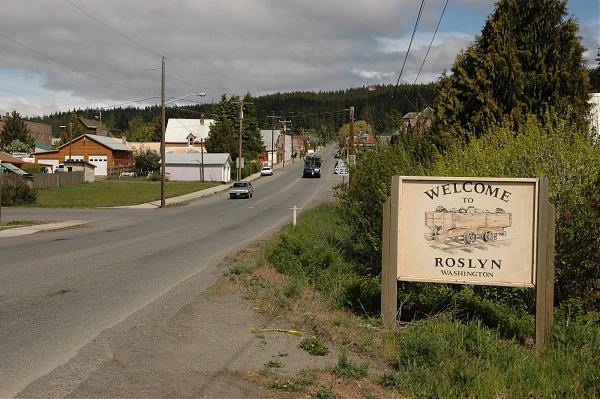
21. Roslyn’s railroad tracks have been removed and replaced by the Coal Mines Trail which runs from Cle Elum through Roslyn to Ronald.
22. A walk on the trail affords visitors a look at the remains of Roslyn’s mines and railroad depot site. The Roslyn Museum houses an extensive collection of photos and mining memorabilia, and features an exhibit on Roslyn’s unique ethnic cemeteries.
23. Most recently, recreation and tourism have become the chief drivers of the economy. The business community has worked to bring in more visitors through annual festivals, including the Manly Man Festival in June, the Pioneer Days Picnic, and a Coal Mining Festival associated with Coal Mining History Week each August.
24. In 1892, 45 miners were killed in an explosion at Mine No. 1 near Roslyn, the deadliest mining accident in Washington history.
25. In 1890, Roslyn’s African American population was 22%, one of the highest in the state. Black fraternal organization lodges and civic institutions were established, including Prince Hall Masons, Knights of Pythias, Eastern Star, Daughters of Tabernacle, and African Methodist Episcopal Church. The Black population began to decline after the mines closed in 1963, and by the early 1970s only the Craven family remained. William Craven was elected mayor of Roslyn in 1976, and was the first African American mayor in the state of Washington.

